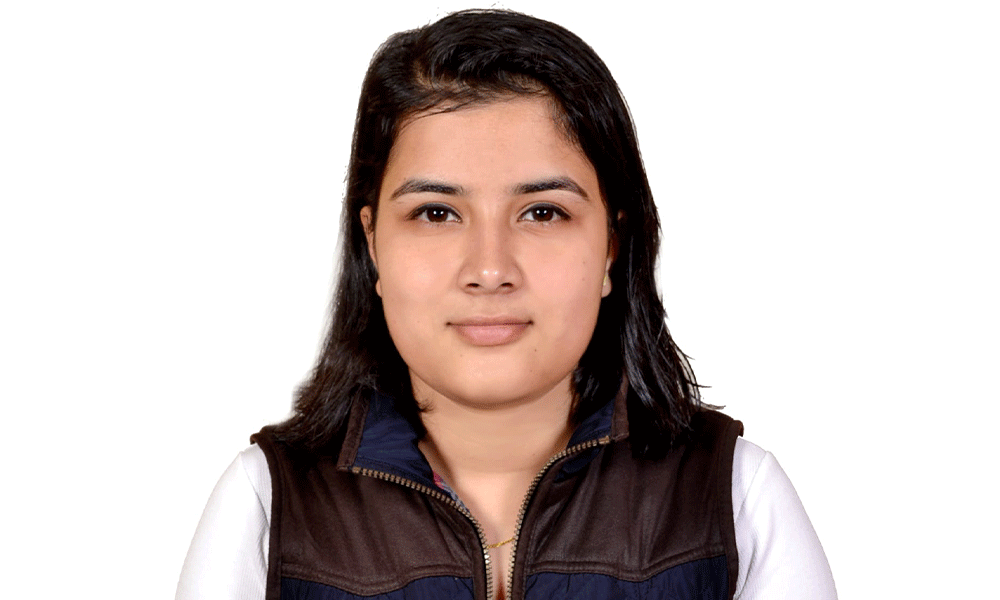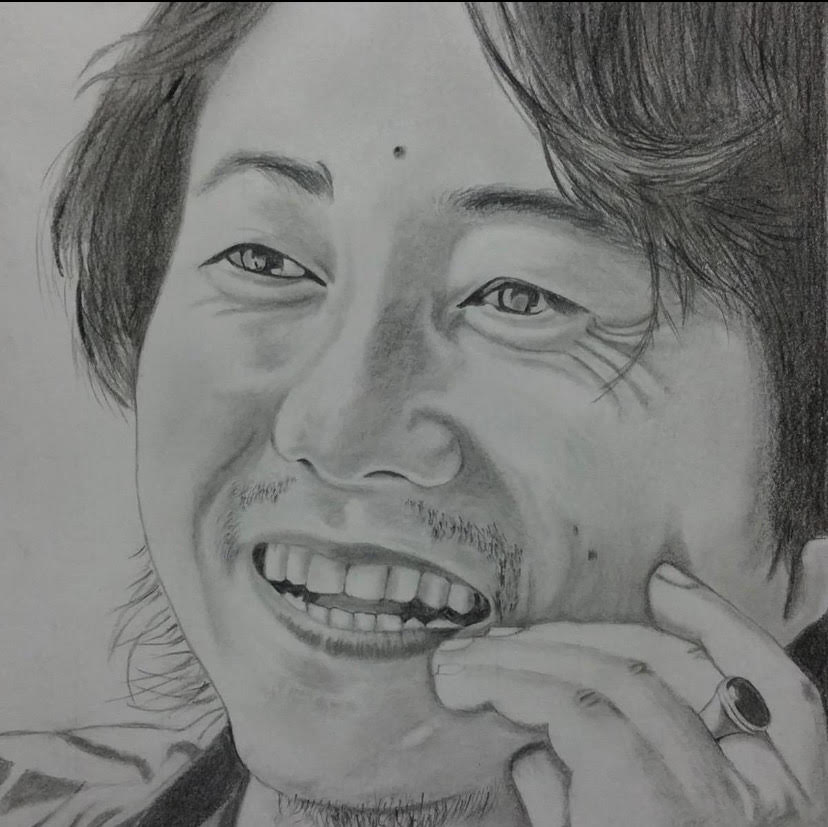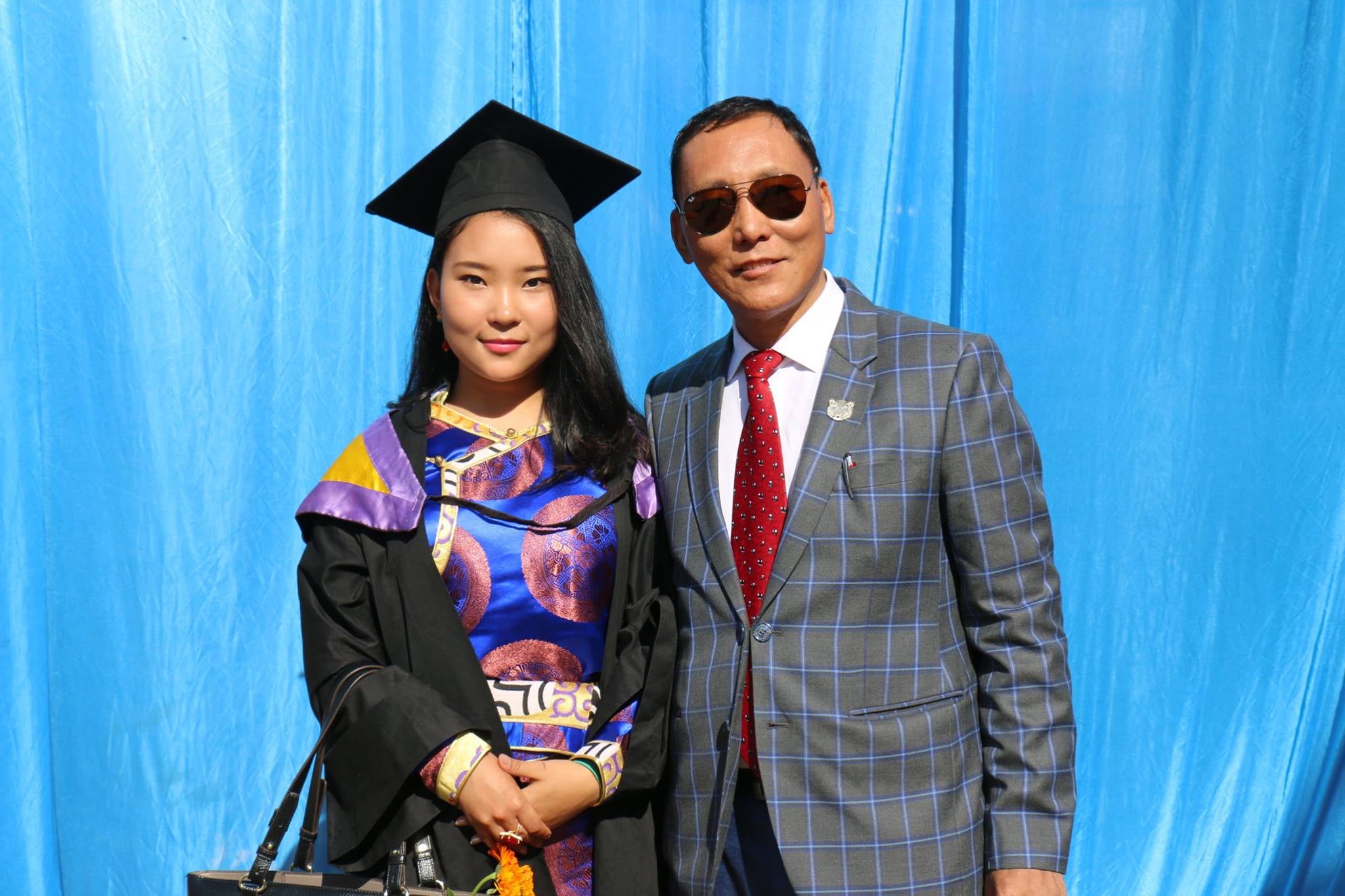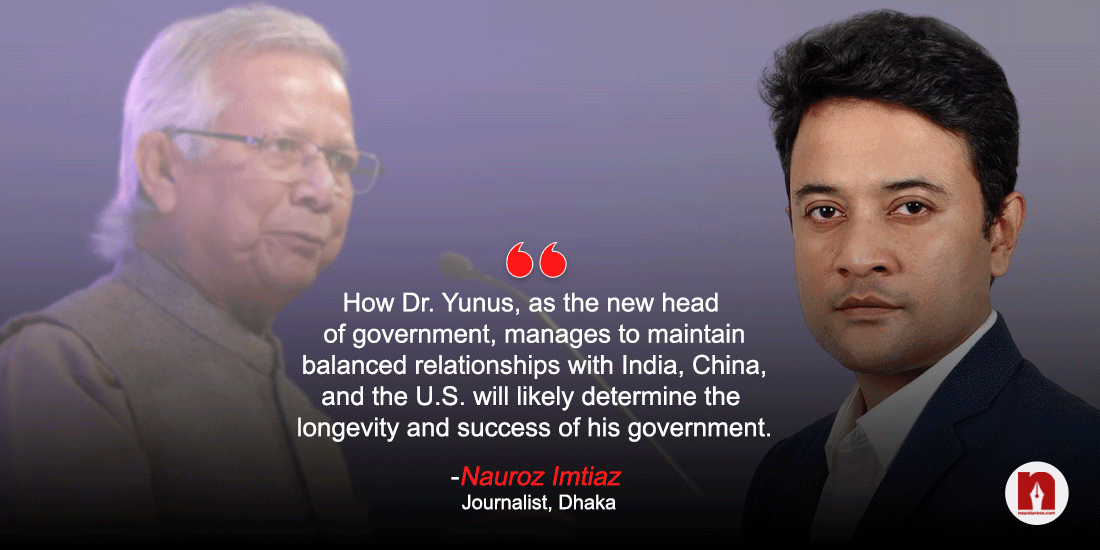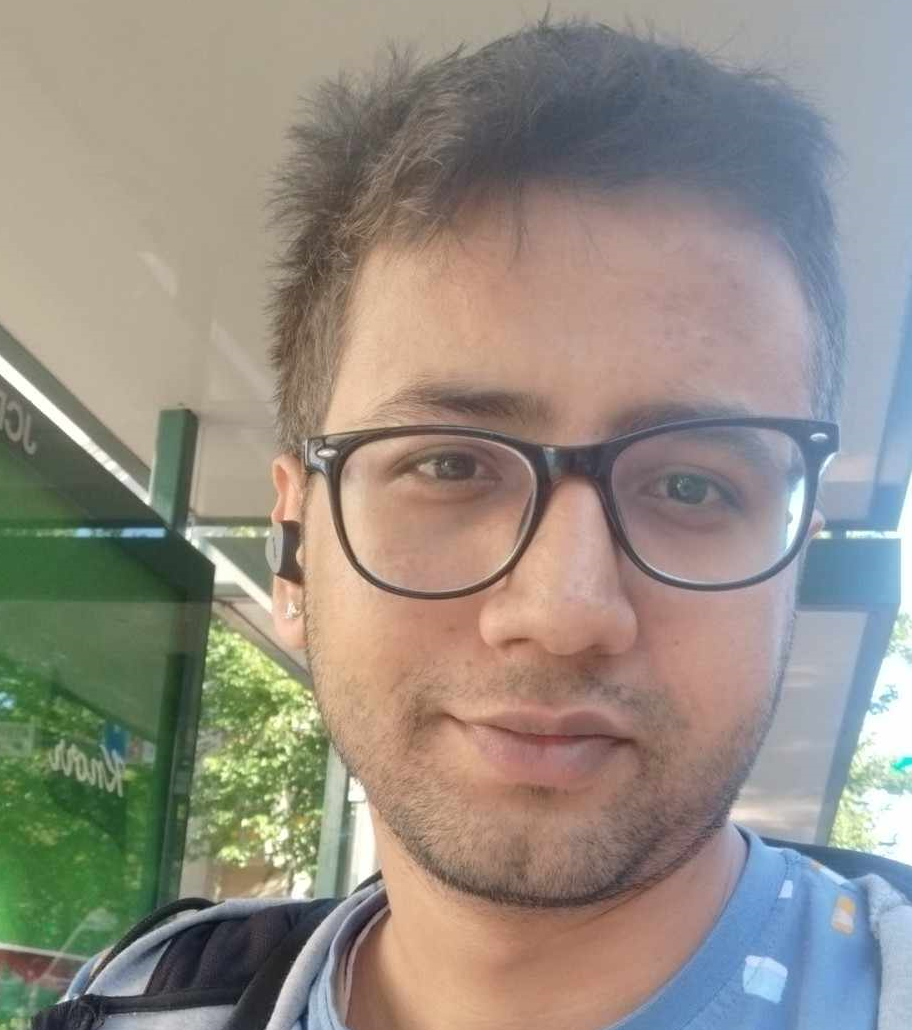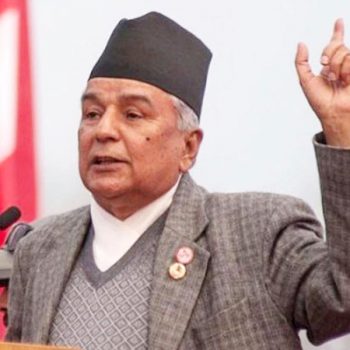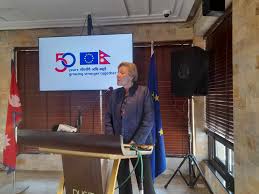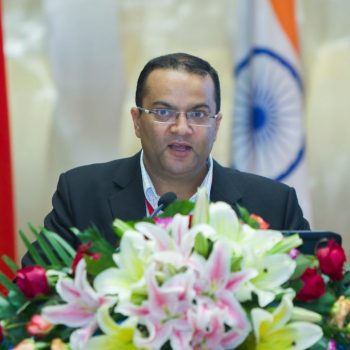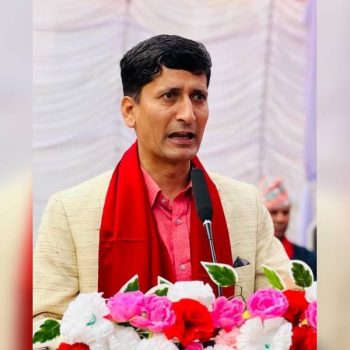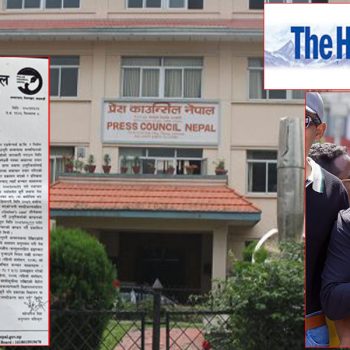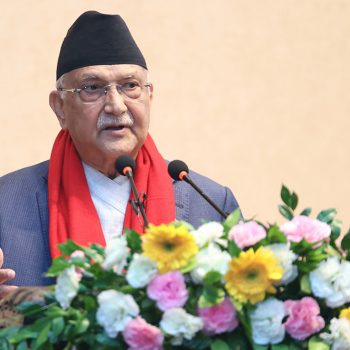The Father of Fibre Optics was Nepal’s neighbour!
Inspiring Lives
 NepalPress
NepalPress
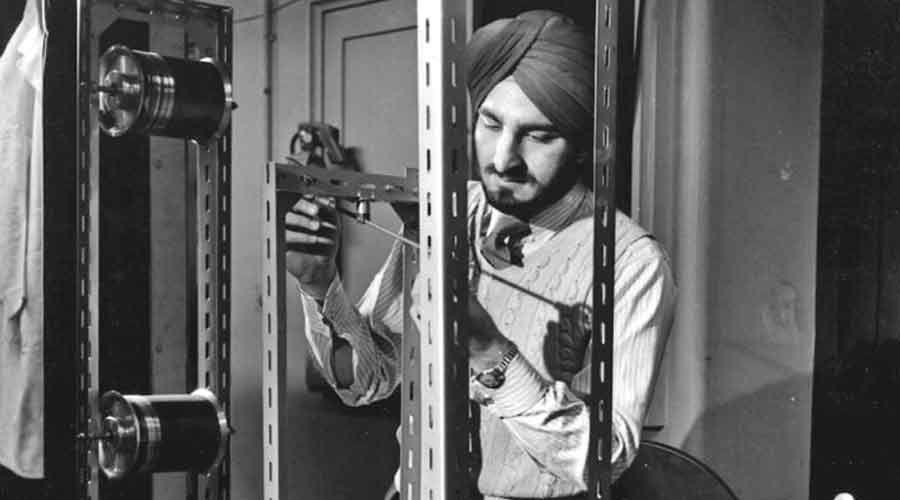
Kapany is regarded as the “father of fibre optics”. The Wall of Inventions at the Massachusetts Institutes of Technology lists Kapany as the inventor of fibre optics. He was hailed by Fortune magazine in 1999 as one of the seven unsung heroes who have changed the face of the 20th century.
A prodigious inventor, he has over 100 patents to his credit. Kapany continued to invent even at the ripe old age of 82, saying, “I keep working. Only last week I had applied for a patent related to solar energy systems.”
In the nearby hills of Uttarakhand, right across the border, a thin Sikh boy was asking uncomfortable questions to his teachers. Narinder S. Kapany was his name. While in high school in the 1940s in Dehradun, his science teacher insisted that light travels only in straight lines. But the junkyard mechanic that Kapany was, he had already spent years toying around with a box camera. Quite smug in his knowledge that light could be twisted and turned in different directions using lenses and prisms, he was fascinated by the pursuit of light. The teacher was adamant, and that was the trigger that Kapany needed, to pursue the truth, to prove his teacher wrong by figuring out how to actually bend light.
As he joined the graduate school at Imperial College London in 1952, he realised many like him searching the holy grail. For decades, researchers across Europe were trying to unravel ways to transmit light fibres of flexible glass.
He persuaded one of the leading scientists, Harold Hopkins, to hire him as a research assistant, and the two clicked. Professor Hopkins, a formidable theoretician, provided the ideas; Kapany, more technically minded, figured out the practical side. In 1954 the pair announced a breakthrough in the journal Nature, demonstrating how to bundle thousands of impossibly thin glass fibres together and then connect them end to end.
Their paper, along with a separate article by another author in the same issue, marked the birth of fibre optics, the now-ubiquitous communications technology that carries phone calls, television shows and billions of cat memes worldwide every day.
In later years, journalists took to calling Kapany the “father of fibre optics,” and several even claimed that he had been robbed of the 2009 Nobel Prize in Physics, which instead went to Charles Kao for his own groundbreaking work in fibre optics.
That claim re-emerged after Kapany died on December 3 in Redwood City, California, at 94.
Whether Kapany’s scientific contributions stand alongside Kao’s is debatable, but his work as an intellectual evangelist for the burgeoning field of fibre optics is undeniable.
“He was a pioneer,” the science journalist Jeff Hecht said in an interview, an “enthusiastic promoter” of a technology that long seemed more like science fiction than fact.
According to Hecht’s 1999 history of fibre optics, City of Light, between 1955, when Kapany received his doctorate, and 1965, he was the lead author or co-author of 56 scientific papers, an astounding 30 per cent of all research published in the field during that decade. He wrote the first book on fibre optics and, in a 1960 cover article he wrote for Scientific American, even coined the term itself.
Narinder Singh Kapany was born on October 31, 1926, in Moga, a town in Punjab, and raised in Dehradun. His father, Sundar Singh Kapany, worked in the coal industry; his mother, Kundan Kaur Kapany, was a homemaker.
After graduating from Agra University, he worked for a government munitions factory in Dehradun before moving to England.
Kapany had originally moved to Britain for an internship at an optics firm in Scotland, to learn skills he could use in starting his own company back in India. But the opportunity to work with Professor Hopkins, a towering figure in the world of optics, was too tempting to resist.
However, their relationship, though fruitful, proved unstable: Both of them were men with plus size personalities, and they fell out soon after publishing their seminal paper in Nature.
In 1954, soon after the Nature article appeared, Kapany married Satinder Kaur, who was studying dance in London. The next year the two sailed to New York after he was offered a job at the University of Rochester and a consulting contract with Bausch & Lomb, the eye care company.
Two years later, after the birth of their son, Raj, the Kapanys moved to Illinois, where Kapany took a job teaching at the Illinois Institute of Technology and where their daughter, Kiran, was born.
But Kapany was growing restless in academia, and in 1960 he moved his family to California to start a new company, Optics Technology, to commercialise his research. He based it in Palo Alto, then just emerging as a tech hub, and received funding from Draper, Gaither & Anderson, one of the first venture-capital firms on the West Coast.
Kapany took the company public in 1967. He left that same year and, in 1973, founded a new company, Kaptron, which made fibre optics equipment. He founded yet another company, K2 Optronics, in 1999. But Kapany never fully left academia: He taught at the University of California, Santa Cruz, from 1977 to 1983, and he later endowed chairs at several University of California schools in optics and in Sikh studies.
Kapany was a practising Sikh and fiercely proud of his heritage. He amassed one of the world’s largest collections of Sikh art and sponsored rooms to feature it in museums.
“My father became convinced that the world at large should know who the Sikhs are and the Sikh people themselves should not forget who they are as they emigrate to other lands far from their original roots,” his daughter said.
But he was also aware of how exotic he seemed to some as an Indian in early post-war America. Whenever he demonstrated fibre optics to visitors, he called it his “Indian optical rope trick”.
And he adopted an American accent, retaining just enough of his Indian and English tenor to make him stand out.
“He used that turban like a lethal weapon,” his son said. “When you see a guy who looked like that and who spoke like JFK, you’re not going to forget him.”
PS: Though finally, the Nobel Prize was given to Charles Kao, who followed in Kapany’s footsteps 11 years later, the scientific community acknowledges that of all the research output in the World – a third of all research papers had been contributed by Kapany and without riding on Kapany’s shoulders, Charles Kao was not getting anywhere.
Authored by : KP Singh


